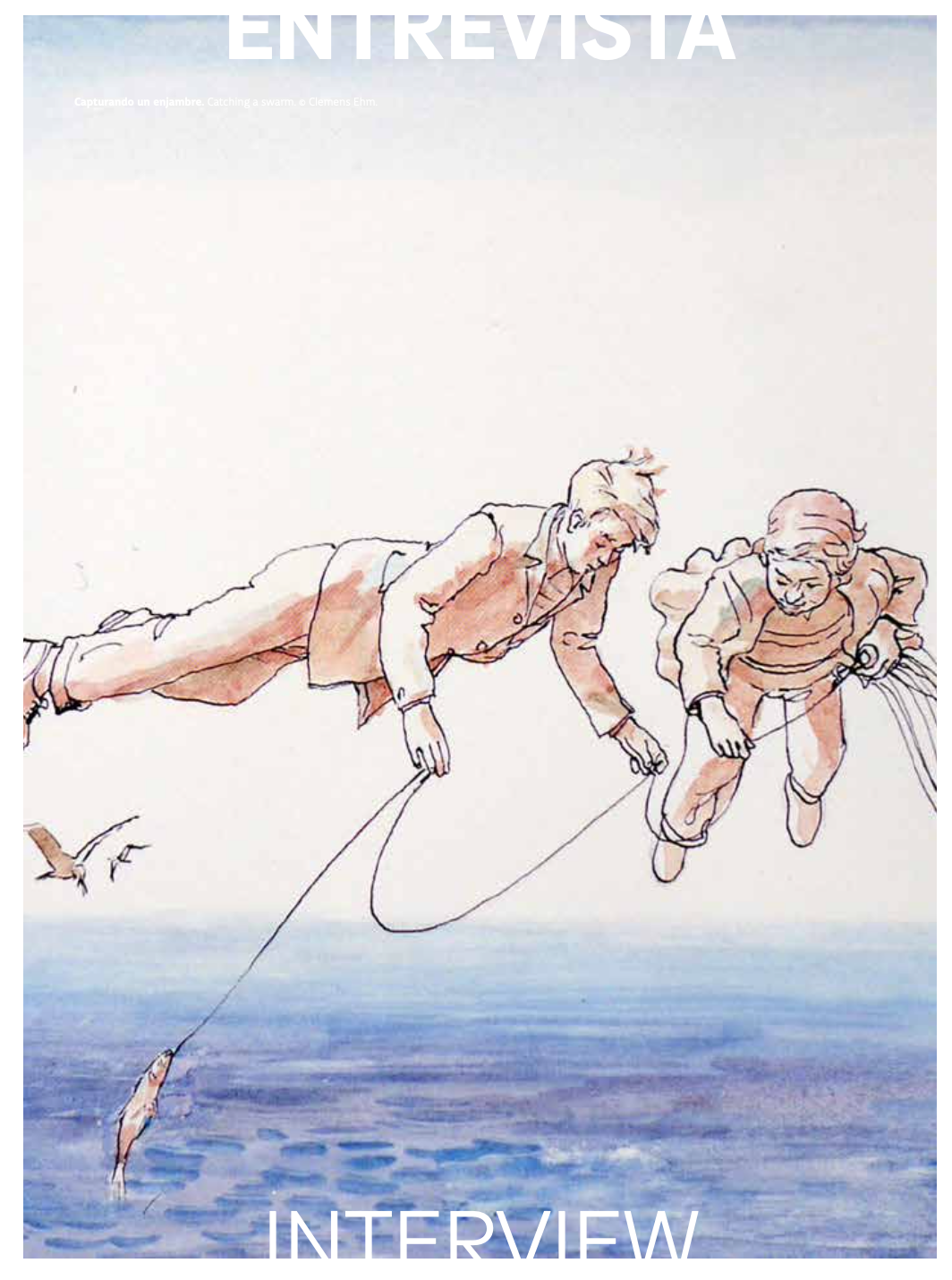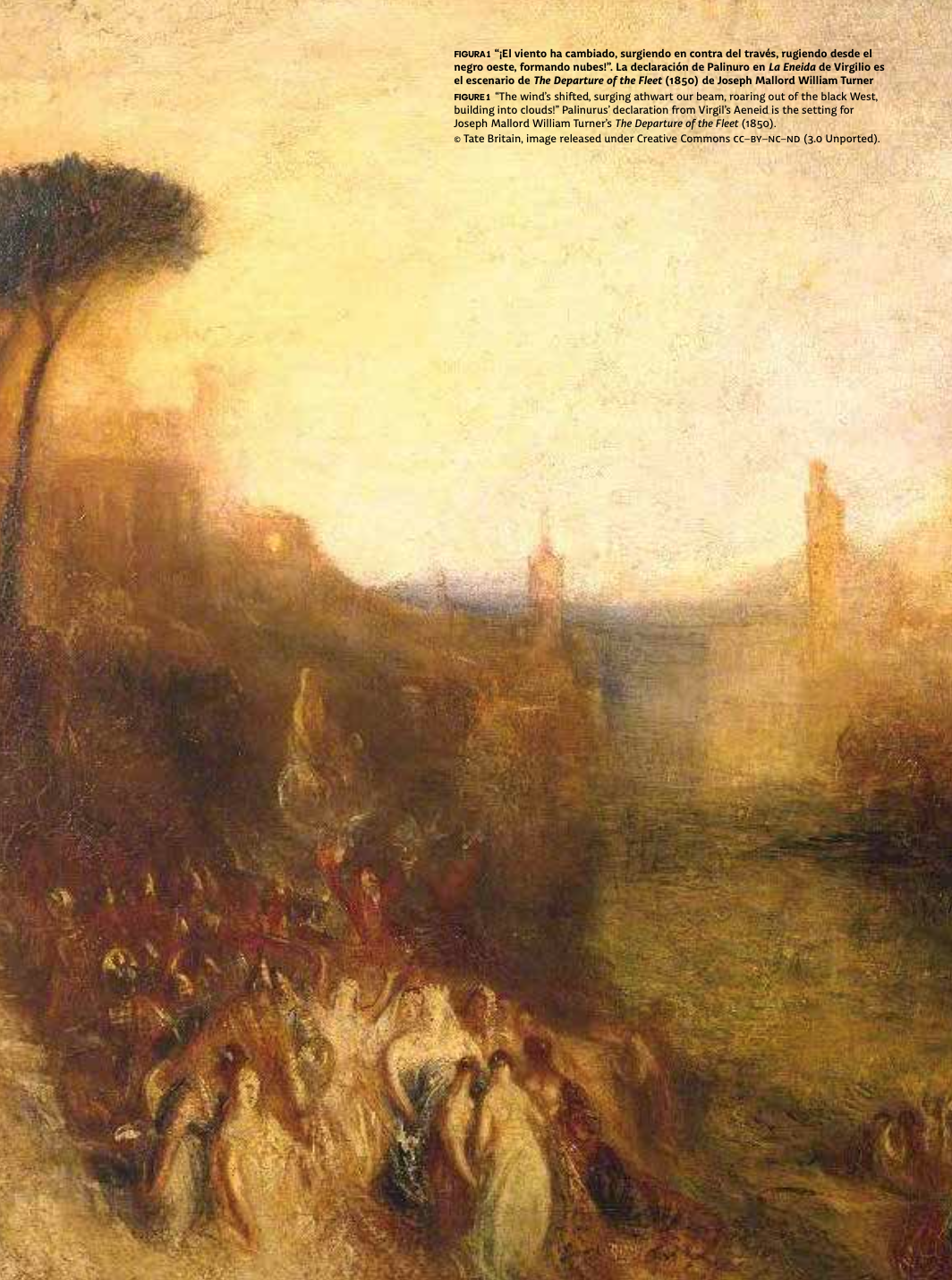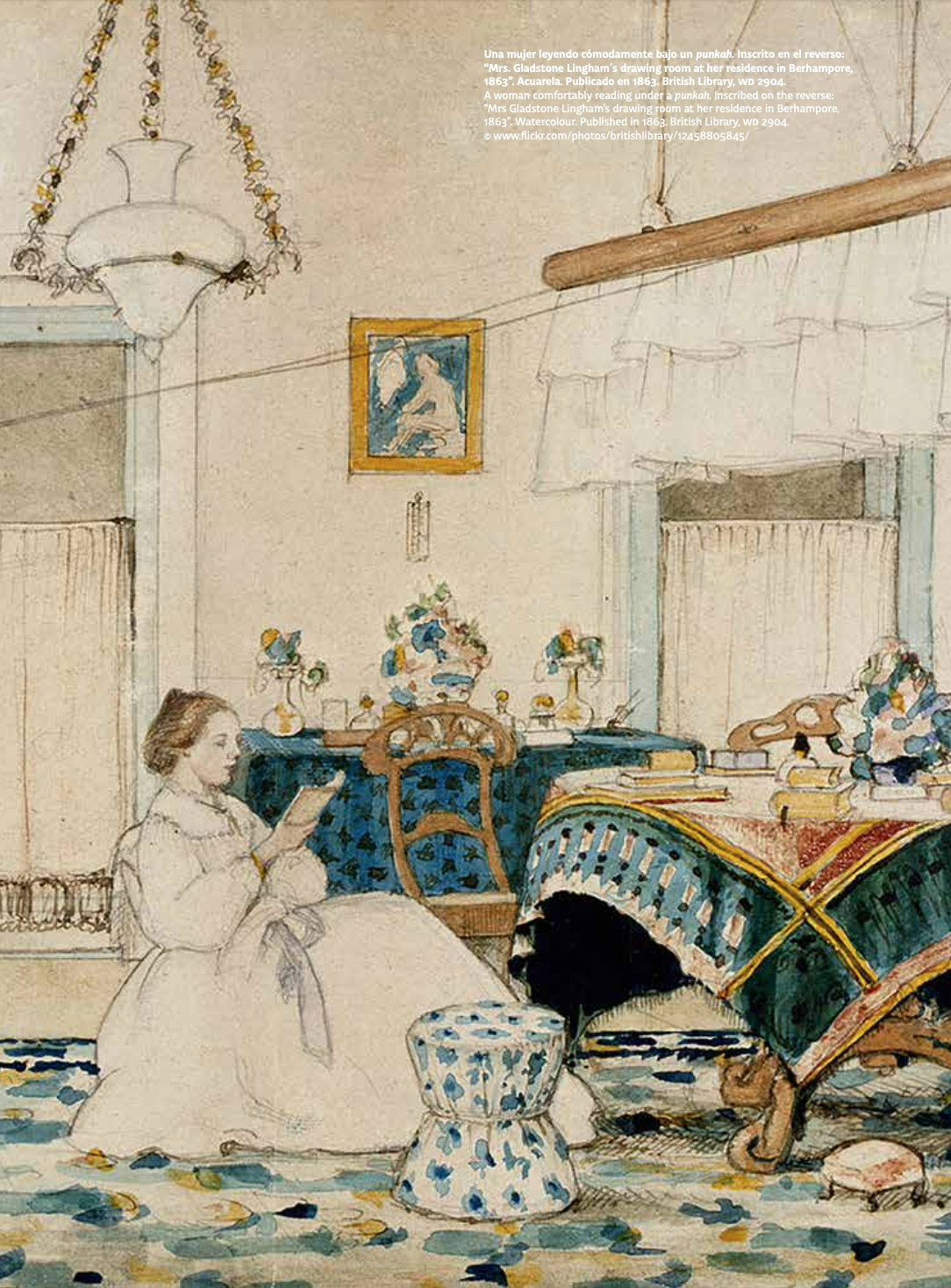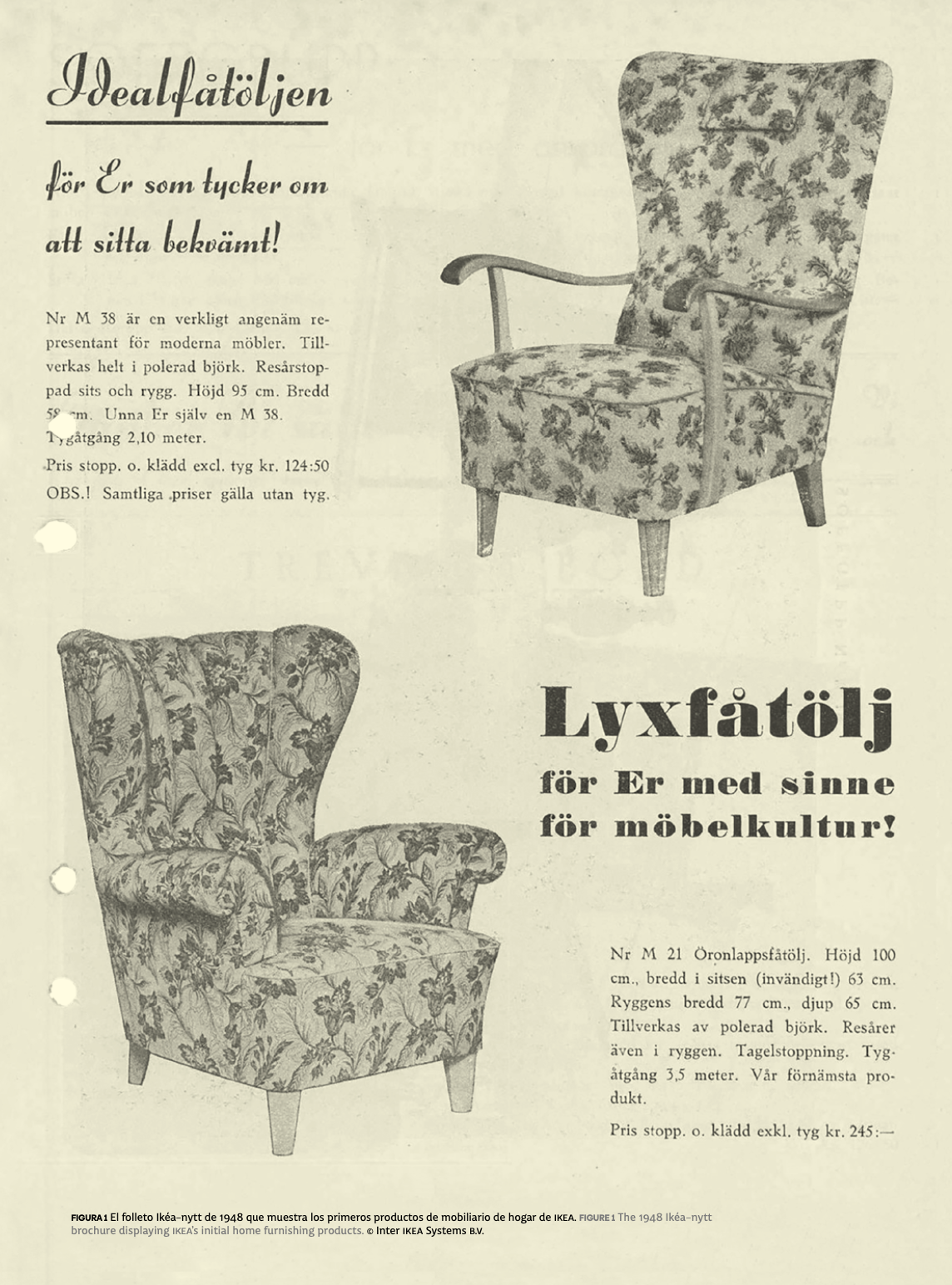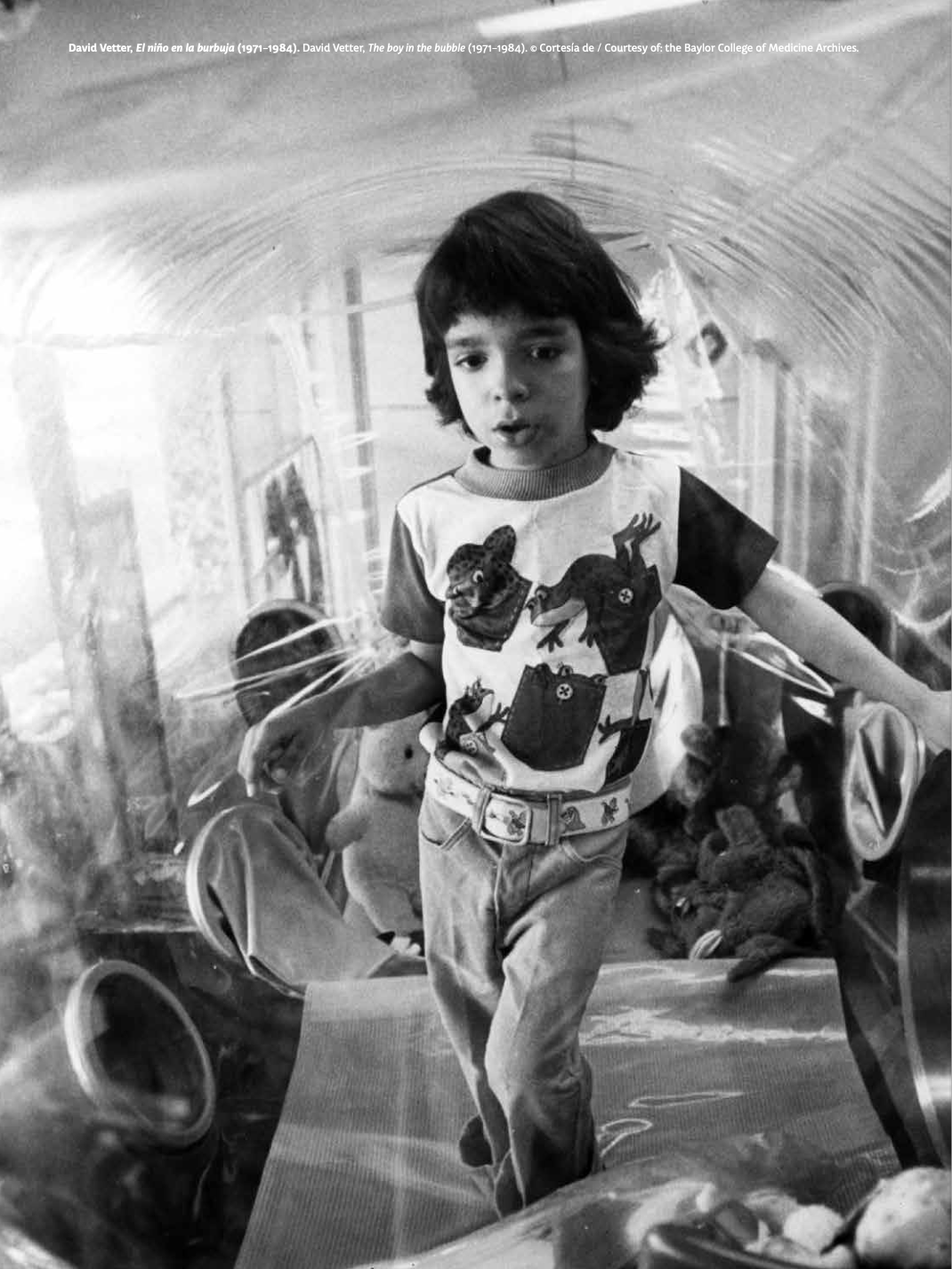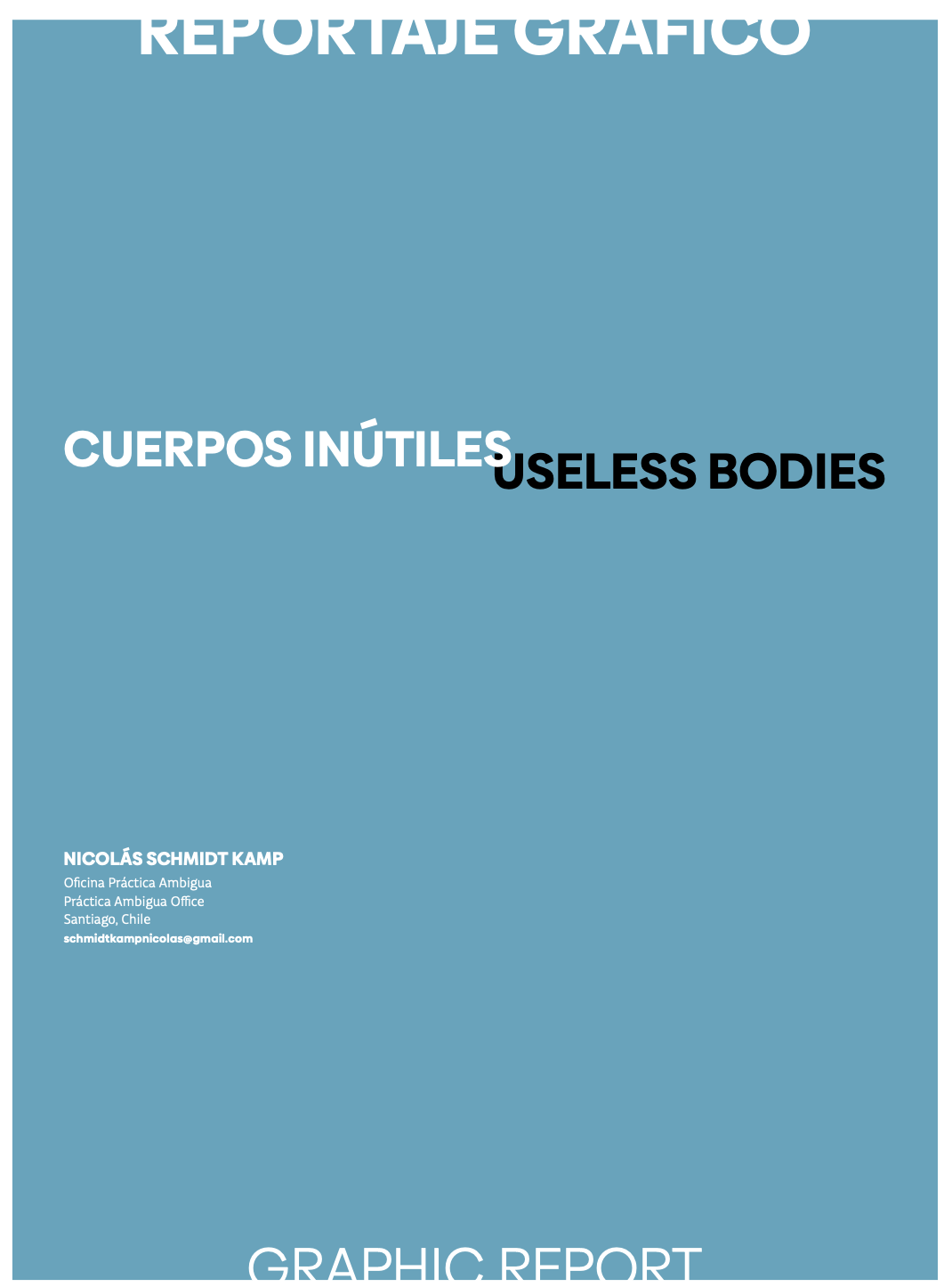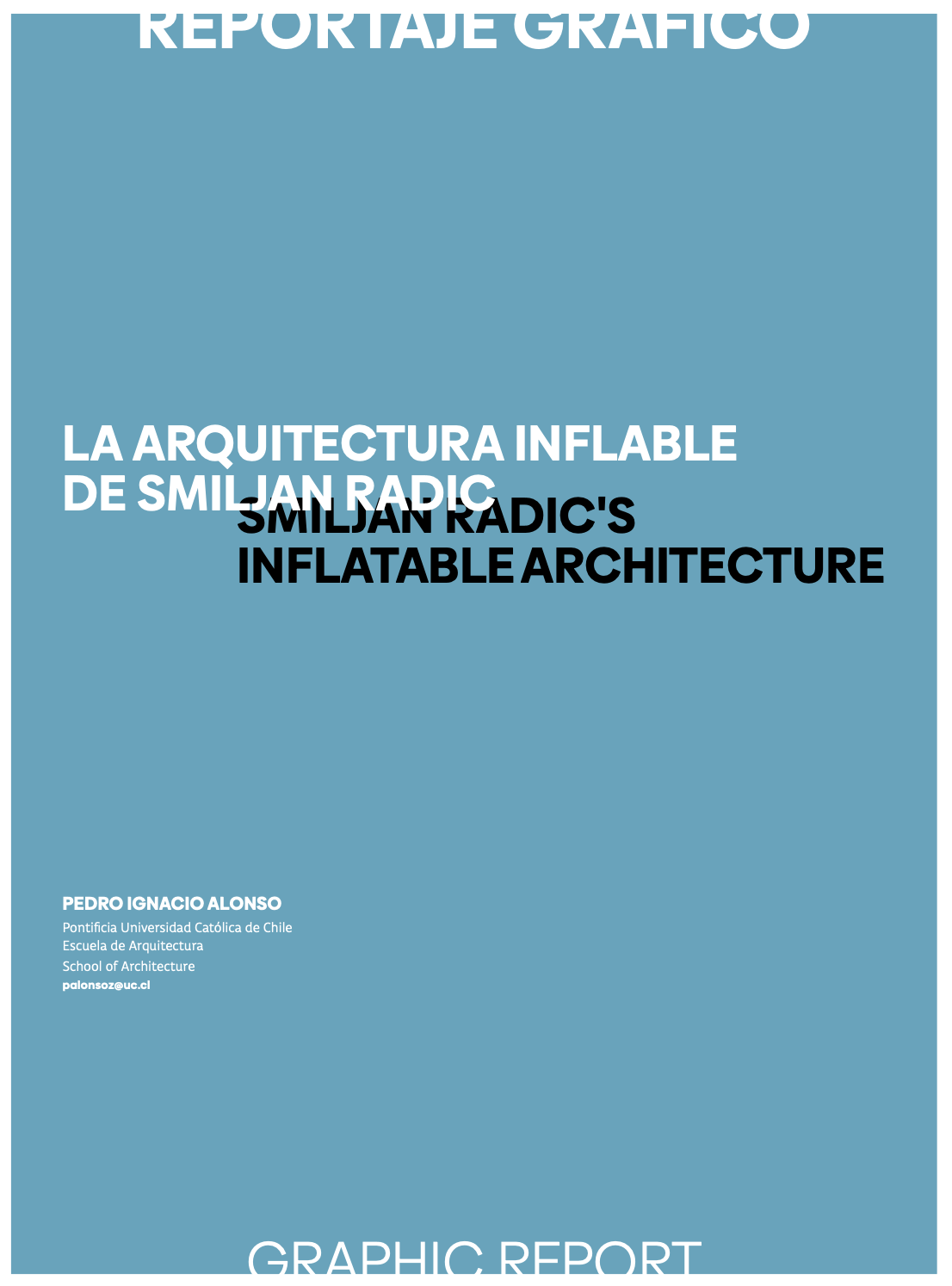
This issue of Materia Arquitectura explores the role of air as a material for thinking and making architecture, and as a technological, constructive and discursive problem with concrete effects in the contemporary world. Pedro Ignacio Alonso, guest editor of this number, delves into the theoretical relationships that have permeated the discipline, through concepts such as lightness, transparency or the dematerialization of the building, and the relationship between the aerial imaginaries that have shaped projects from the beginning of modernity to the present day. Emilia Kabakov, interviewed in this issue, explores the possibility of thinking of air and flight as a means of escape, as an infinite material without borders, which allows us to escape from a dangerous or terrifying reality. Enrique Ramírez, through the concept of aerism, traces the relationships between air, hygienism, disease transmission and the planning of buildings and cities in eighteenth and nineteenth century France. Marina Otero explores the relationships between bodies, climates and the architectures that were developed to ventilate interior spaces linked to colonialism and slavery. In addition, Bárbara Rozas, using Lennox Furnace Company advertising posters, speculates on the discursive constructions around the possibilities of air conditioning and the creation of controlled climates as part of the imaginary of modernity. Rebecca Carrai analyzes industrial production and modern discourses by focusing on the roles of consumption and exhibition, using Ikea’s showrooms and digital displays to demonstrate the shift in the air from an architectural object to a conceptual one, linked to the Swedish company’s immaterial consumption. Finally, Rafael Beneytez-Durán analyzes architecture as a body situated in an archipelago of air bodies with which it exchanges matter, and the possible role of landscape as a mediator between these different scales.
Guest Editor Pedro Ignacio Alonso
Published: 2022-08-24
